As a long-time manager of the MARIA club and Eimer, as well as a former occupant of the notorious Tacheles squat, Ben de Biel is a prominent figure in Berlins (night-) life. He has also been photographing his life in the city from the very beginning. It’s a cold Tuesday morning as we are on our way to meet him, but once we enter Ben’s top-floor apartment, located in a free-standing, newly constructed building in Mitte, it starts to feel more like a cozy Sunday afternoon. With bare feet, Ben opens the door and greets us. The sun shines through a sprawling window panorama into a spacious kitchen – the focal point of the apartment. It’s a place to eat, play or lounge on a gigantic, inviting sofa while reading one of the numerous comic books that fill the bookshelves. The walls are covered with travel photos or pictures taken during countless nights spent at MARIA. The longer we stay, the more pictures seem to appear: Ben shows us negatives from his last trip to China and unearths a catalogue of sculptures he’s built of old neon tubes: post-Wall finds, just like the red MARIA sign that glows, night after dark night, from the club’s rooftop. The Carpenters are crooning from the stereo, interrupted, once in a while, by a ringing telephone; friends are calling to buy his photographs from the exhibit, and as the Piratenpartei’s spokesperson, Ben needs to answer press inquiries. But not even intermittently ringing private- and pirate-phones can disturb the relaxed atmosphere. With his organizational talents, he obviously has no trouble multitasking. No matter what comes up, he immediately regains focus. With all this involvement in various projects, the apartment is a welcome retreat. When he has free time, Ben says, he likes to spend it here.
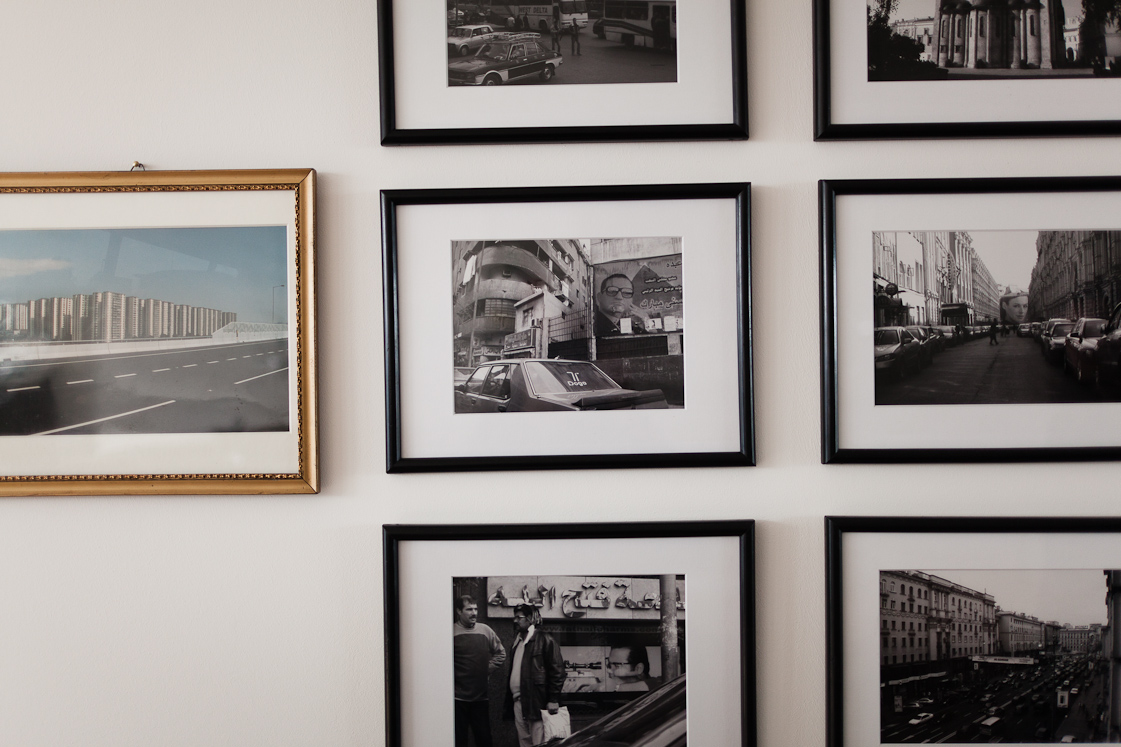
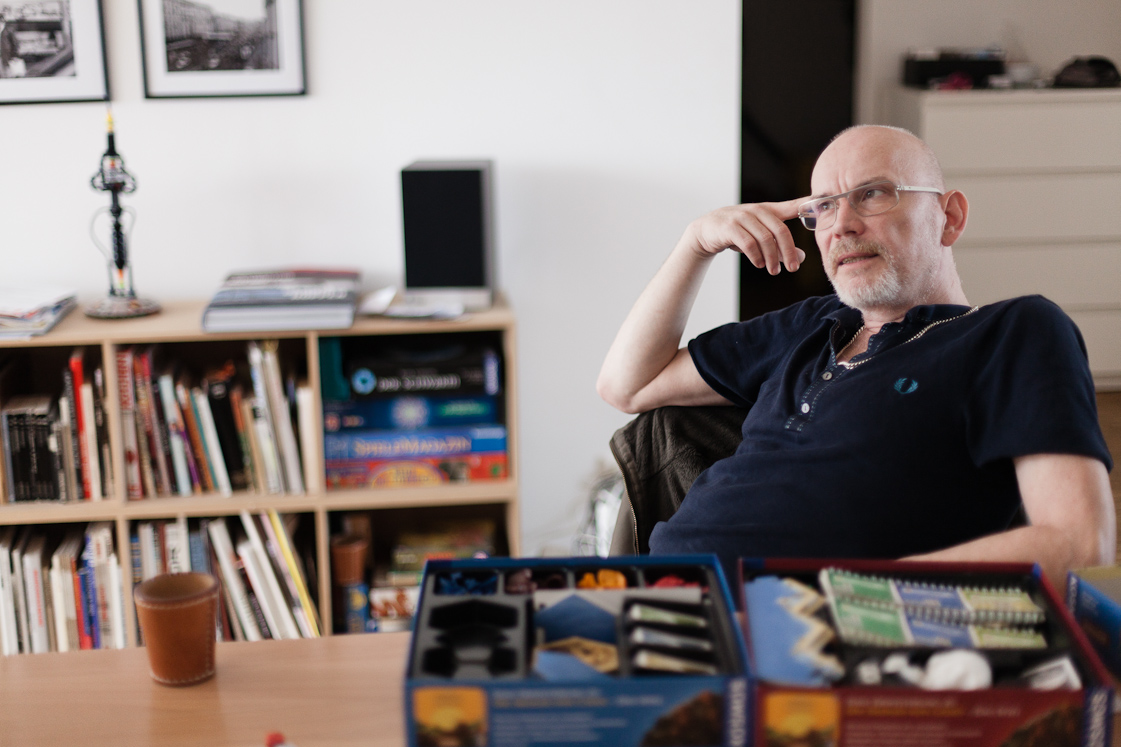
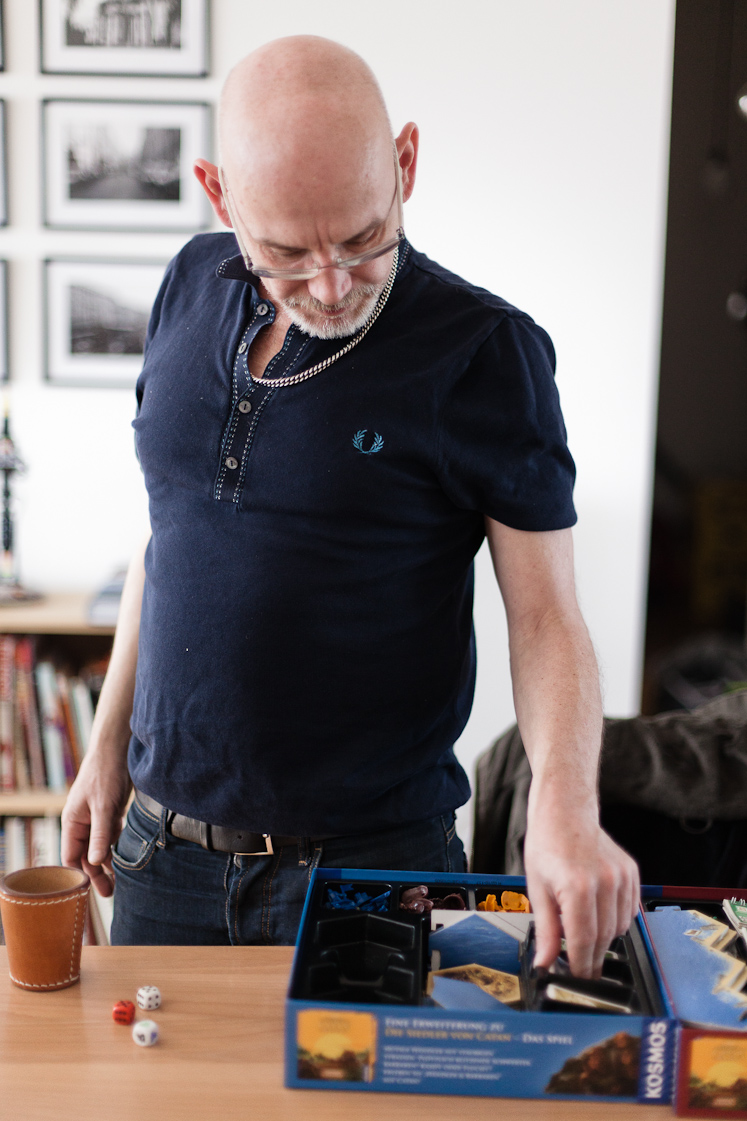
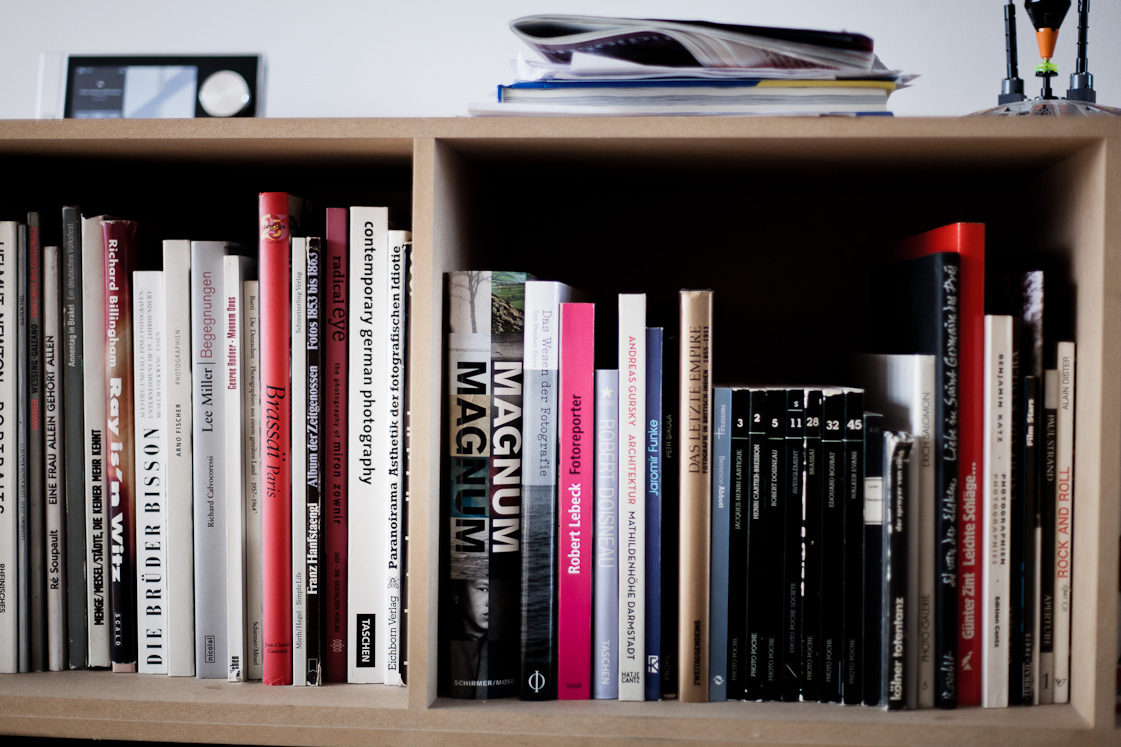
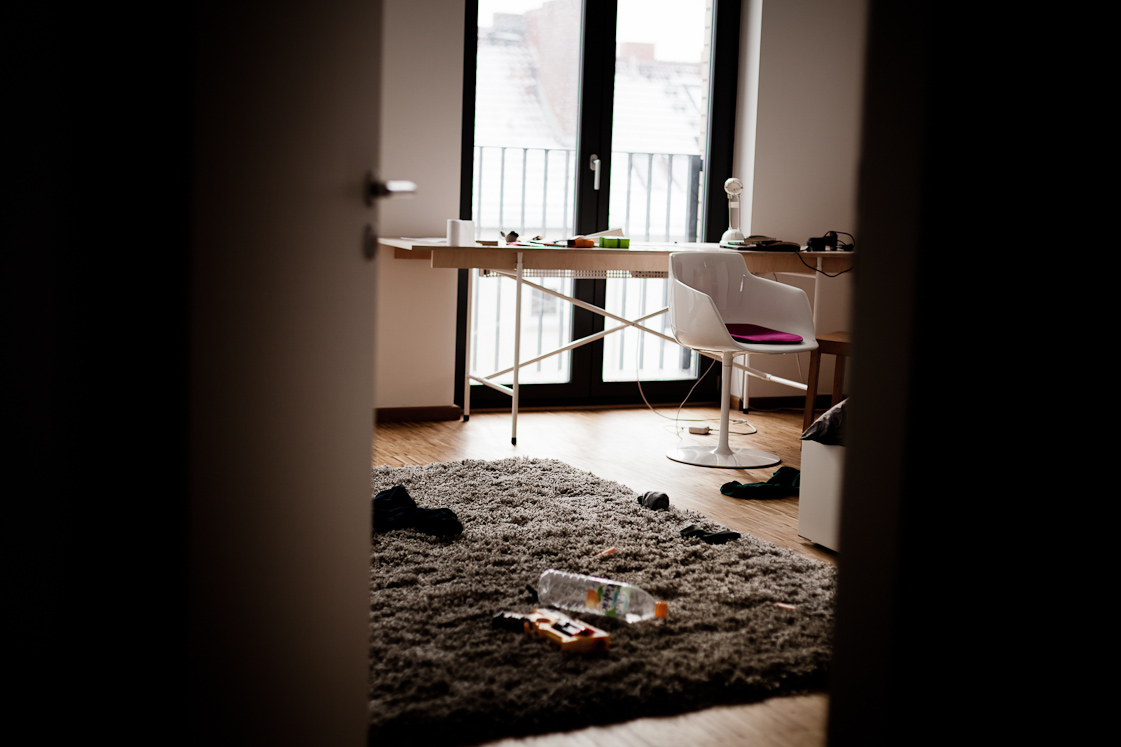
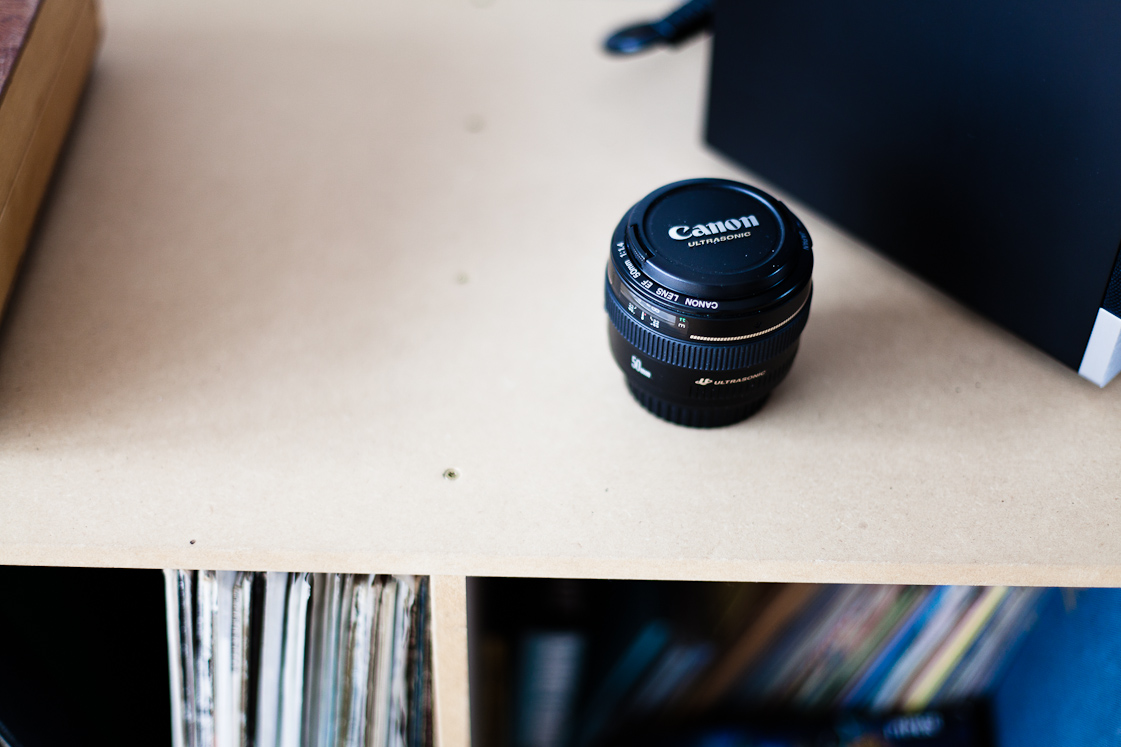
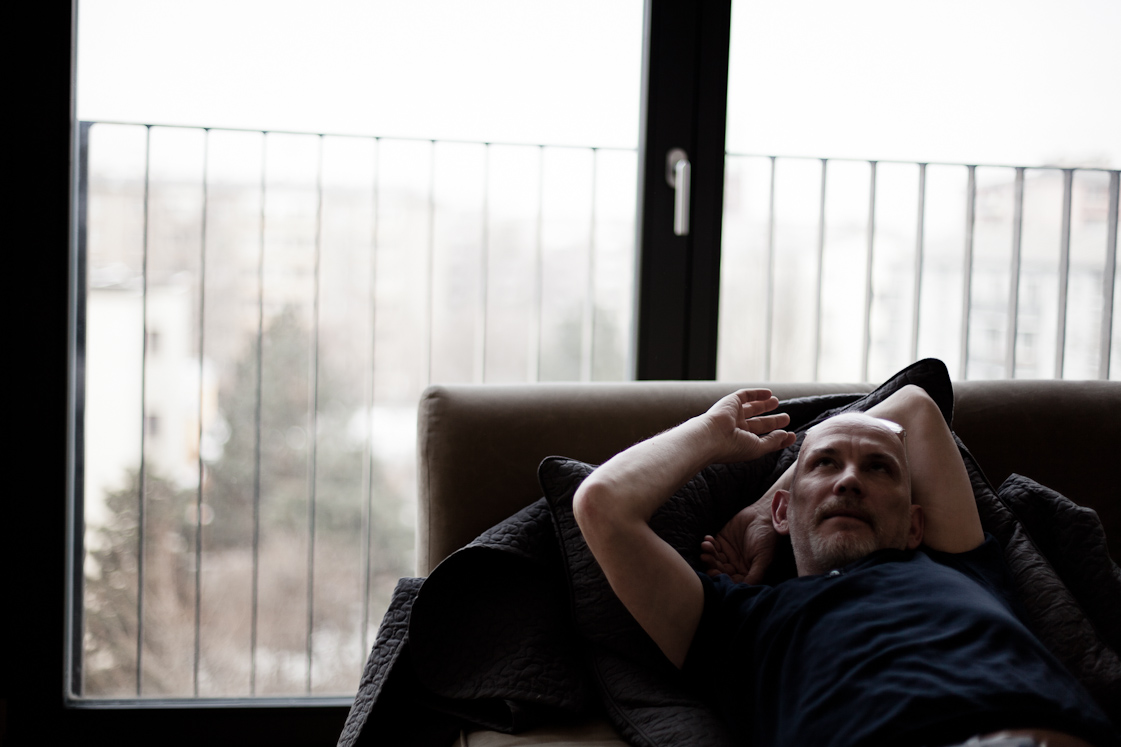
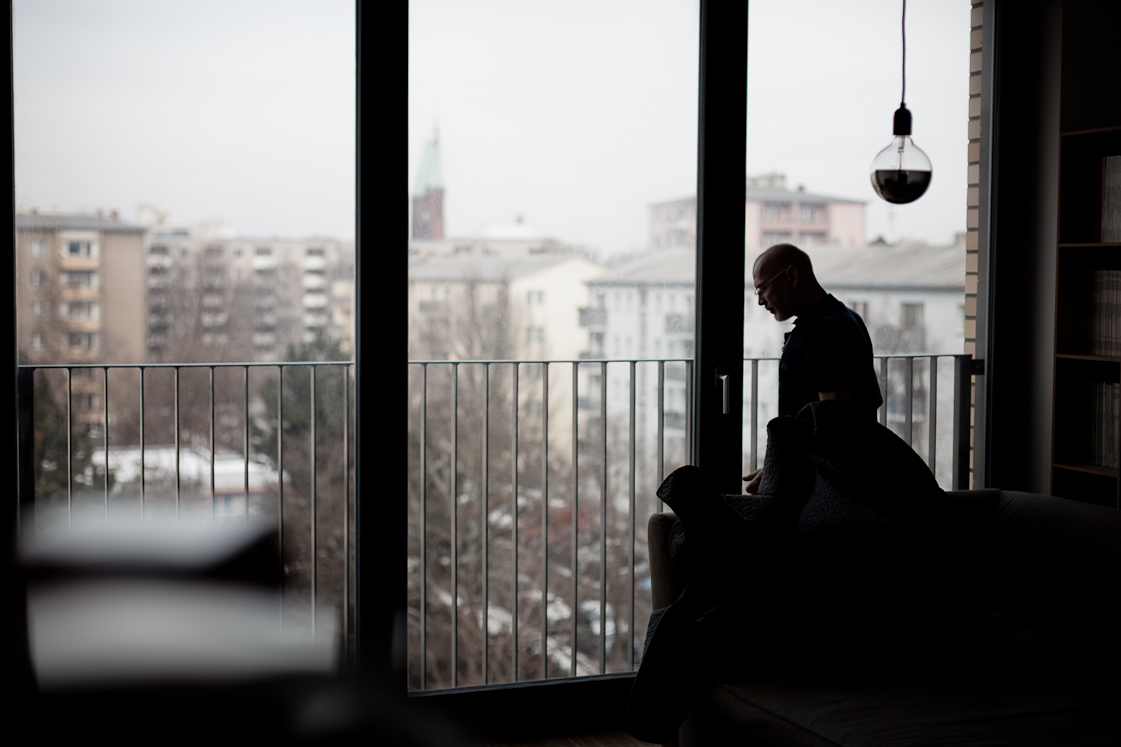
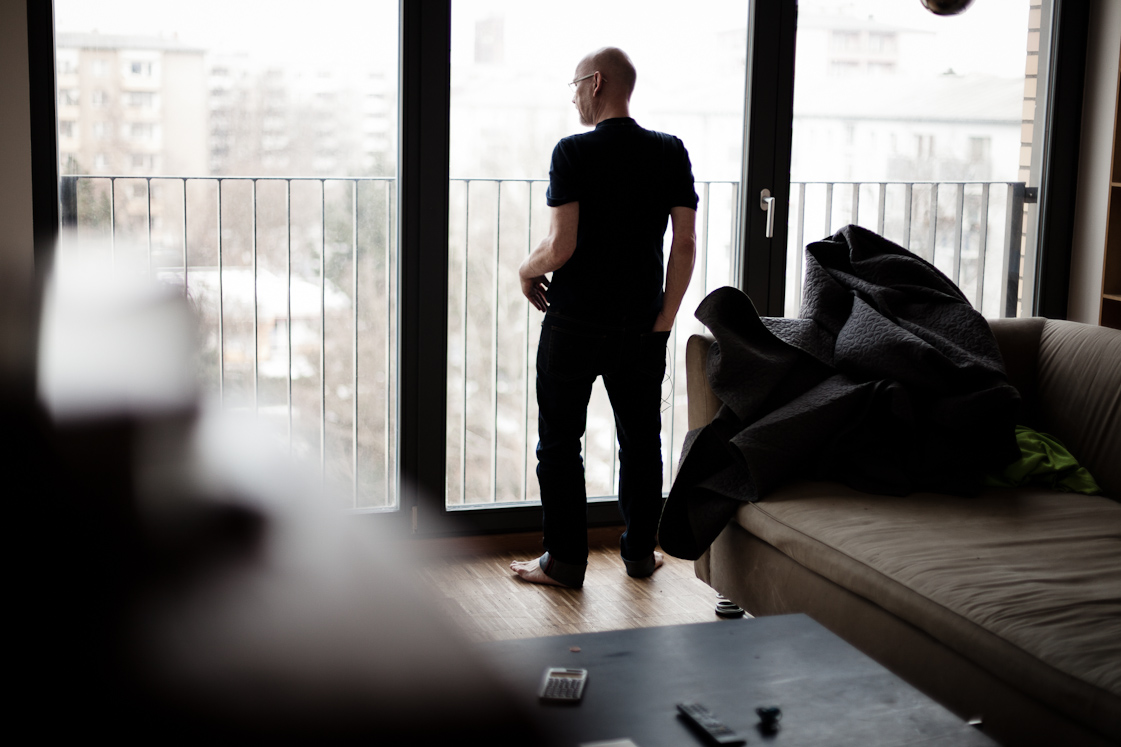
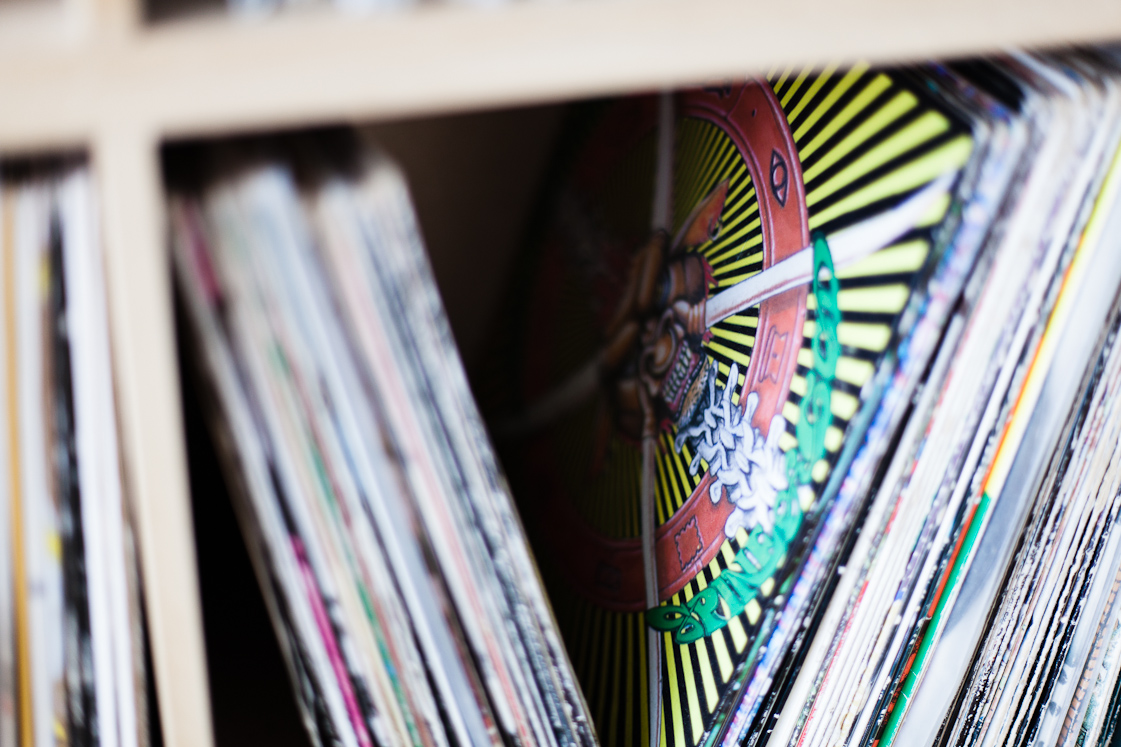
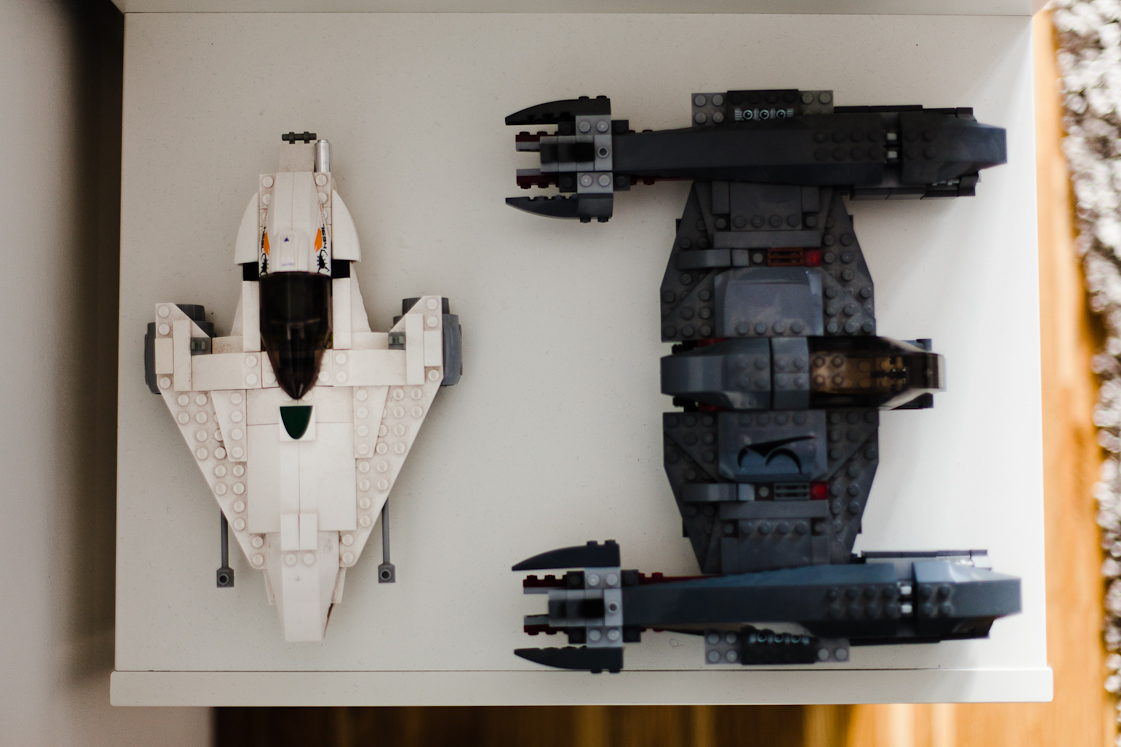
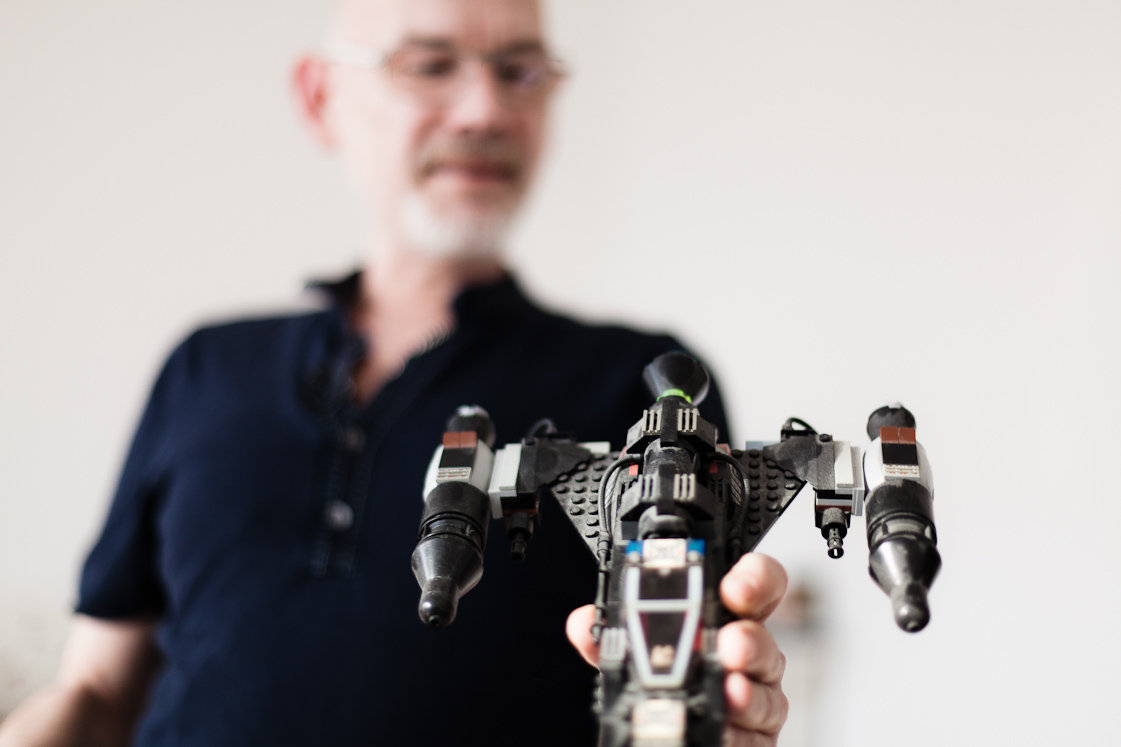
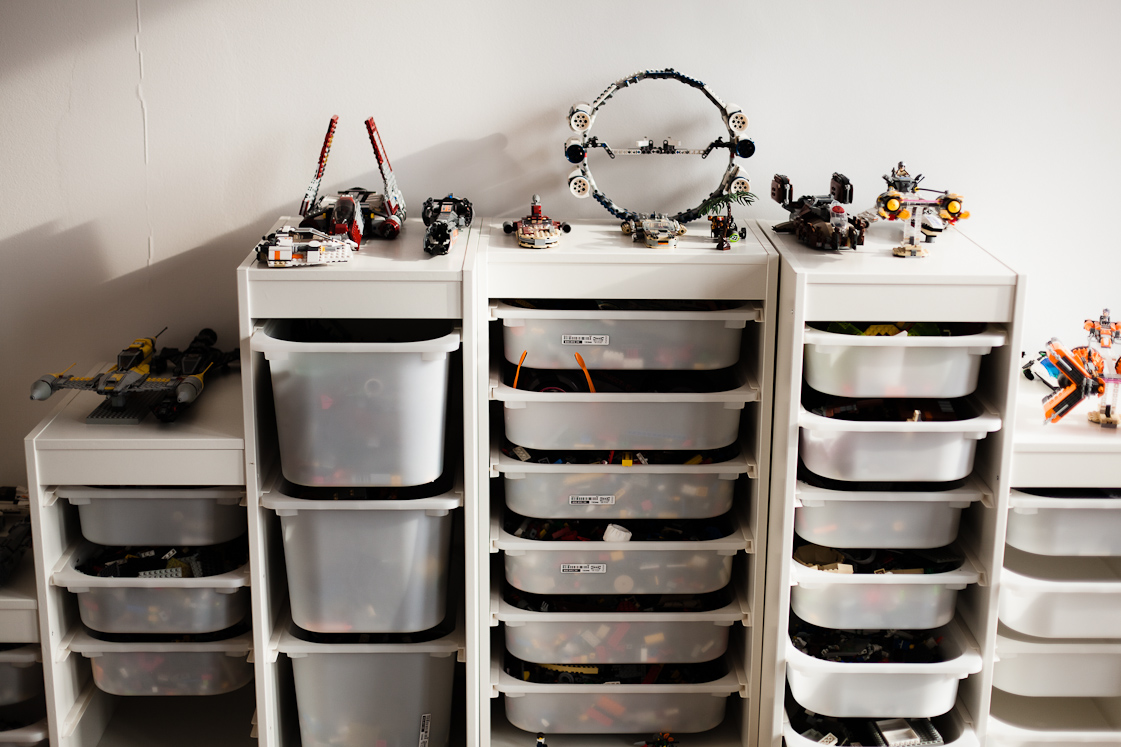
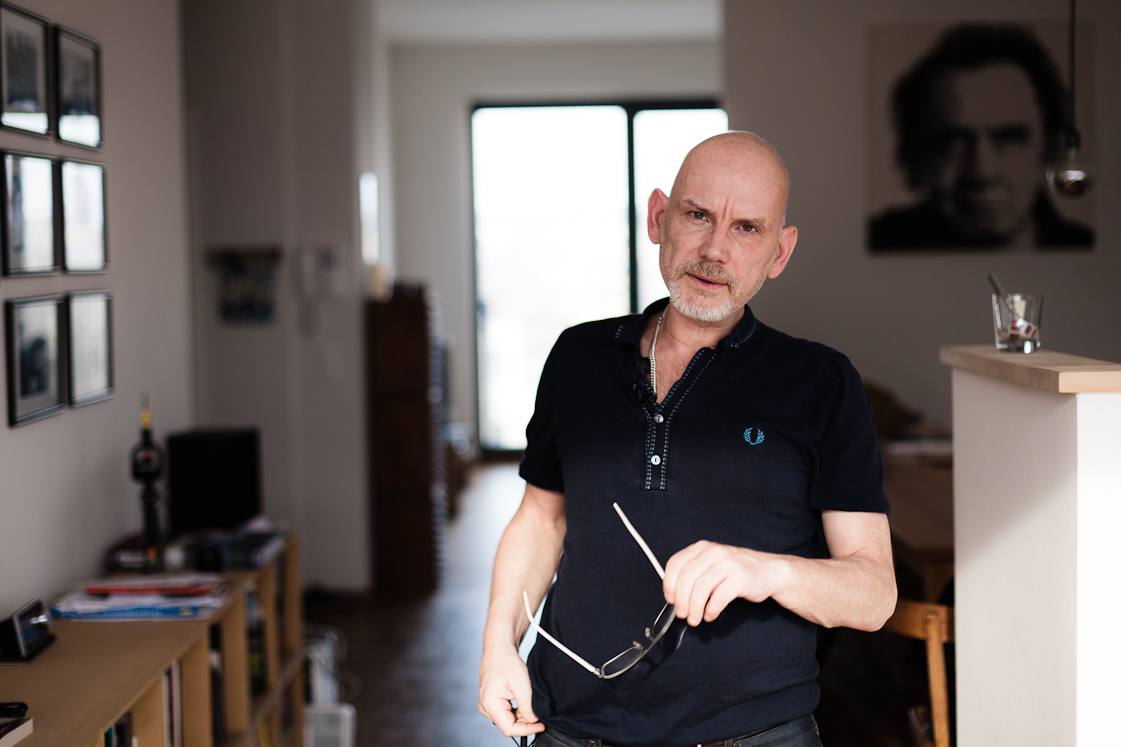
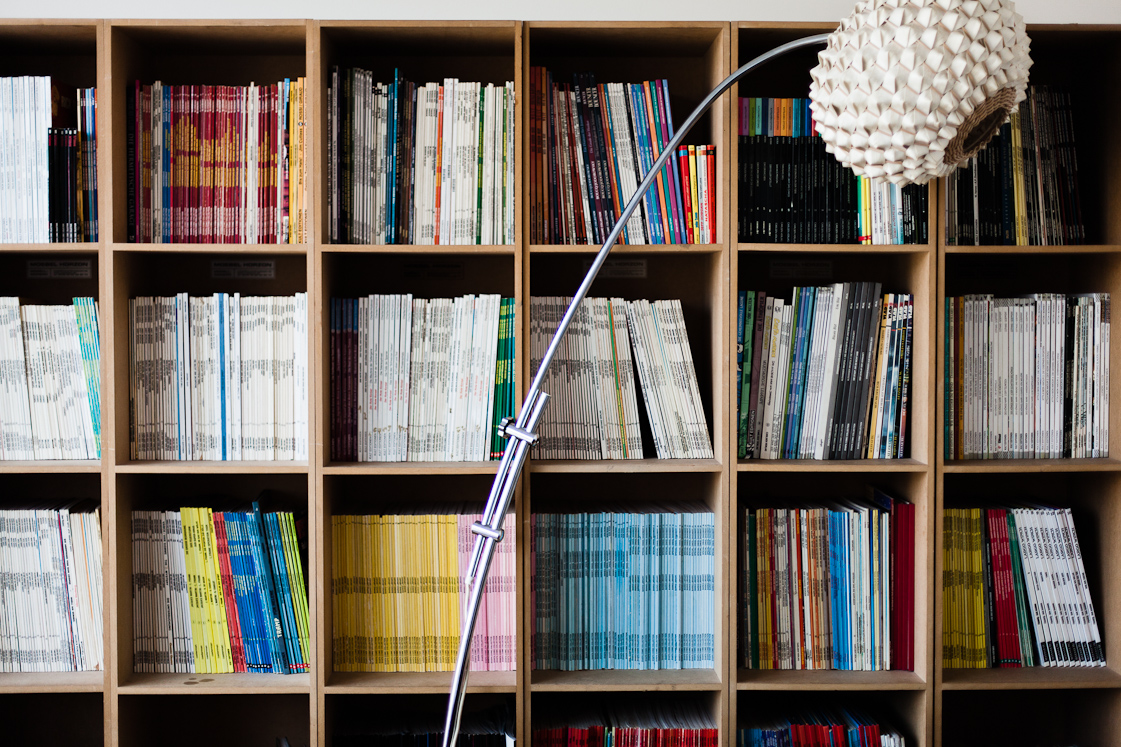
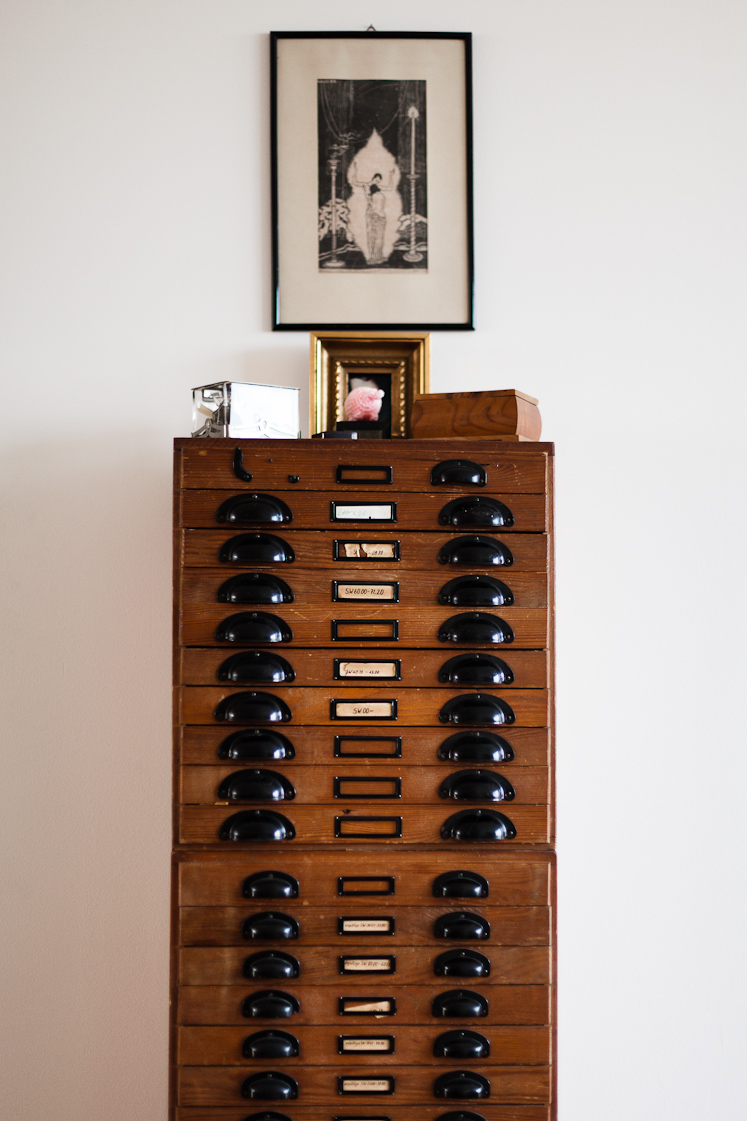
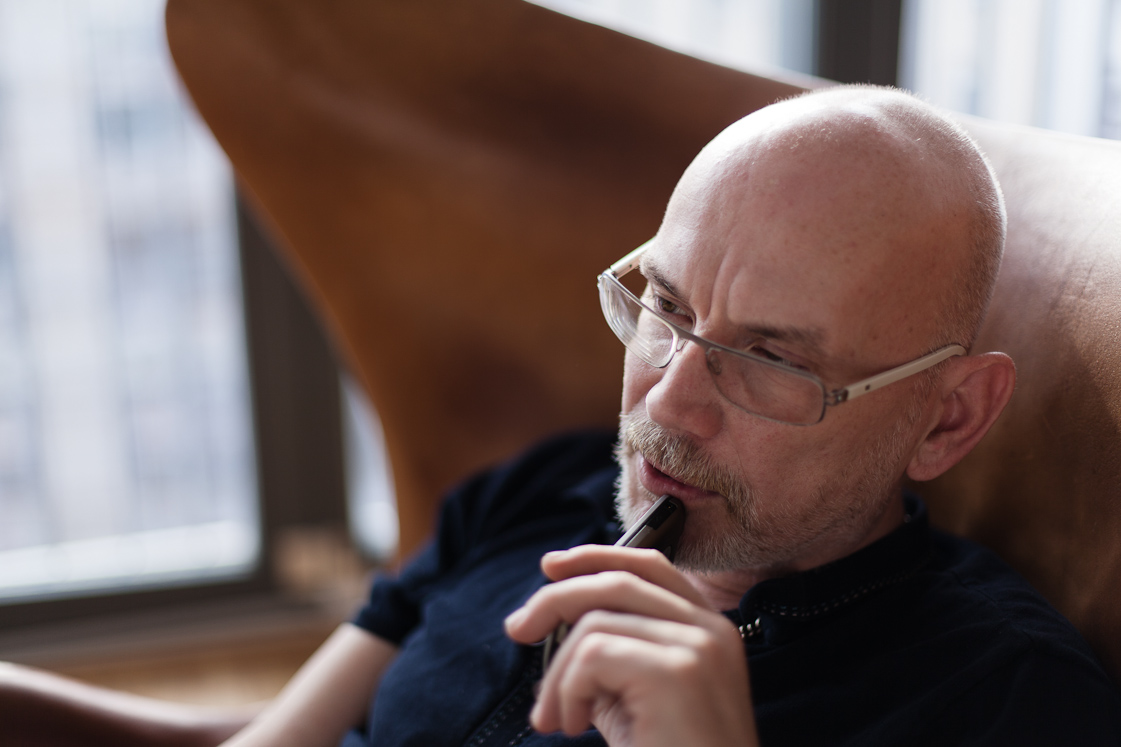
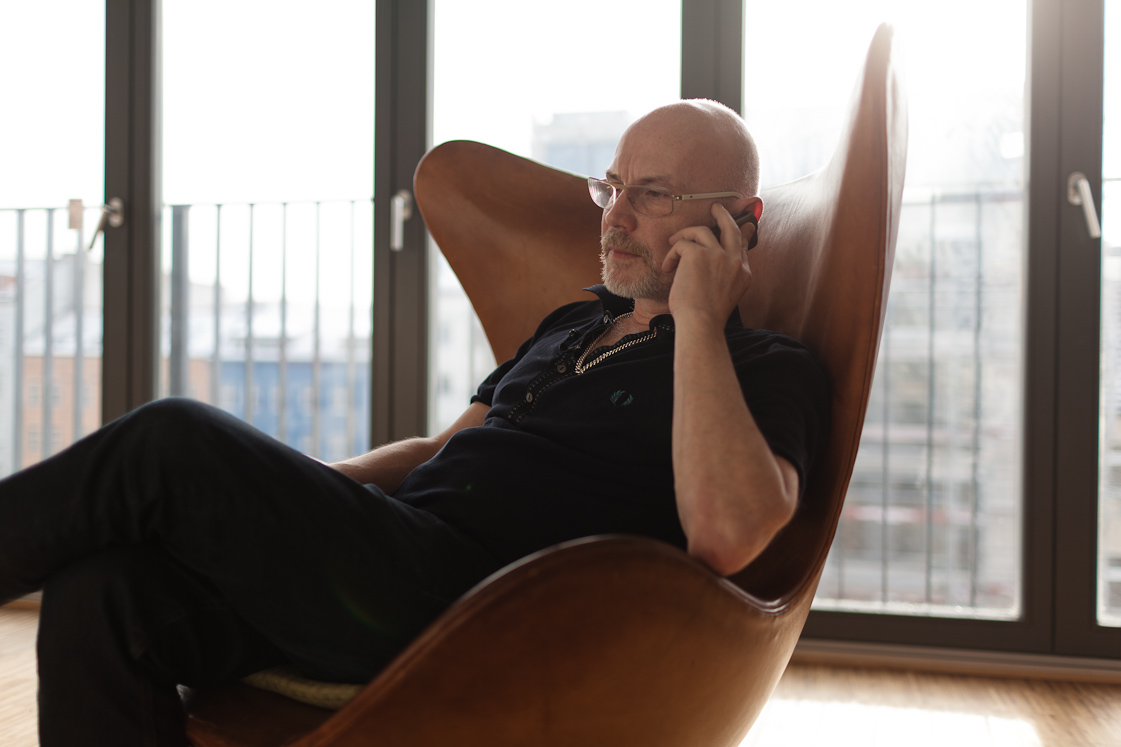
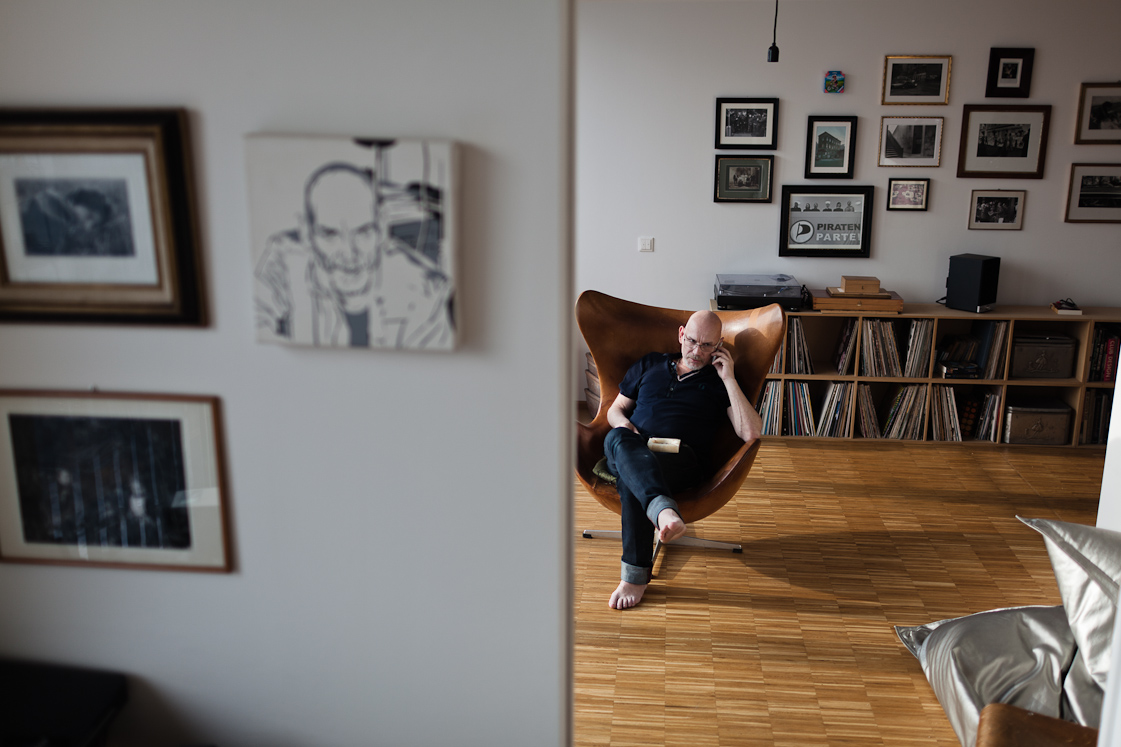
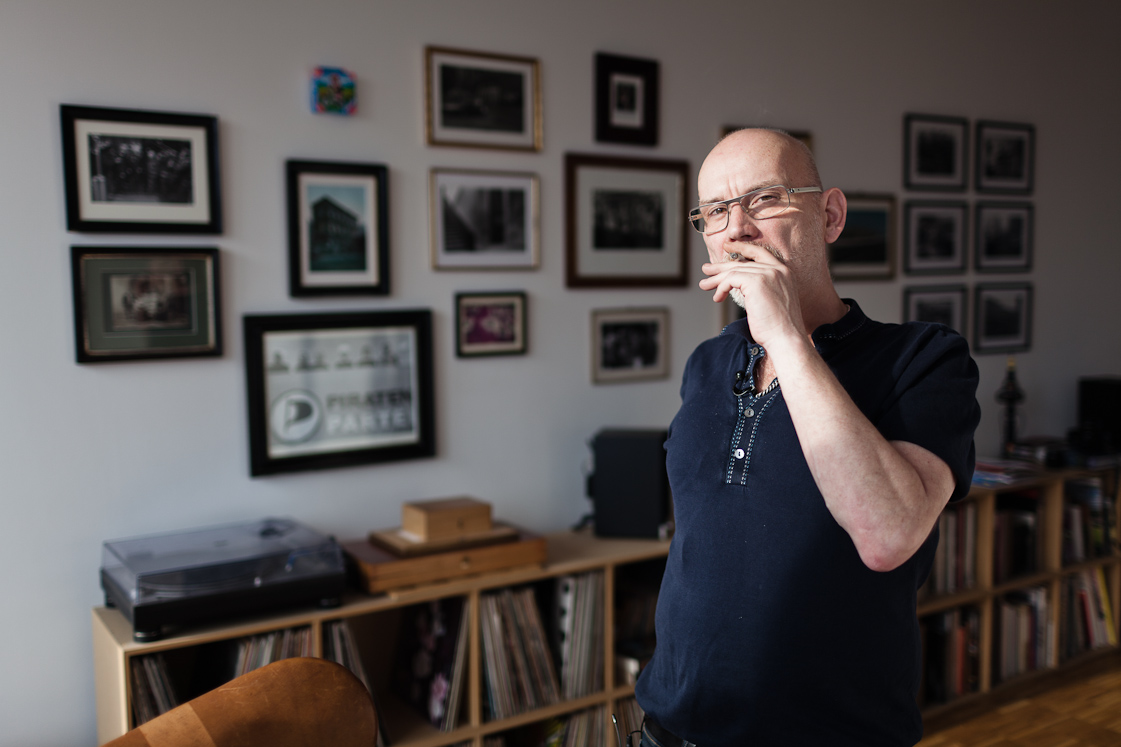
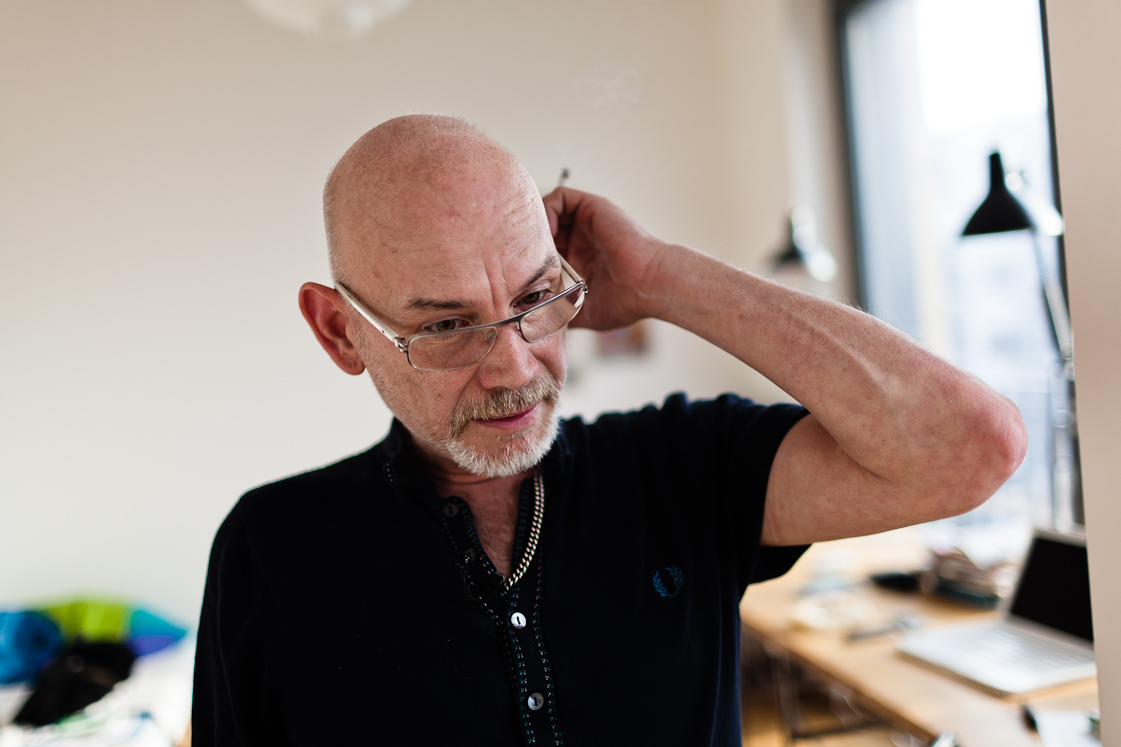
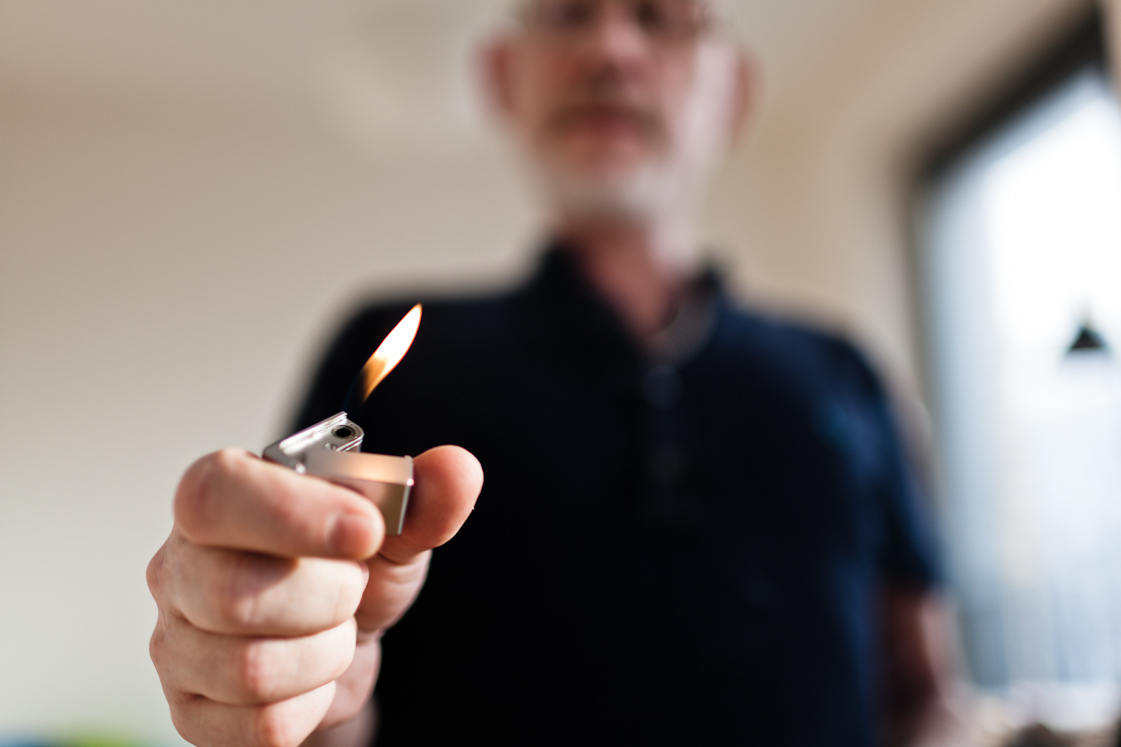
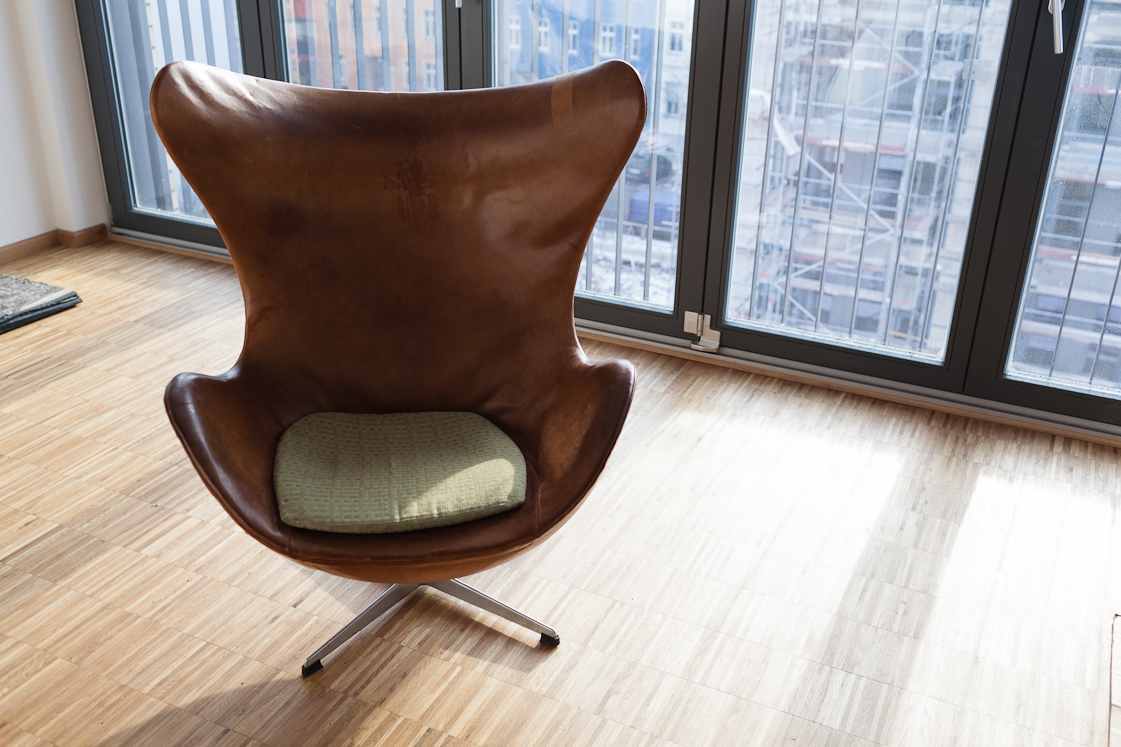
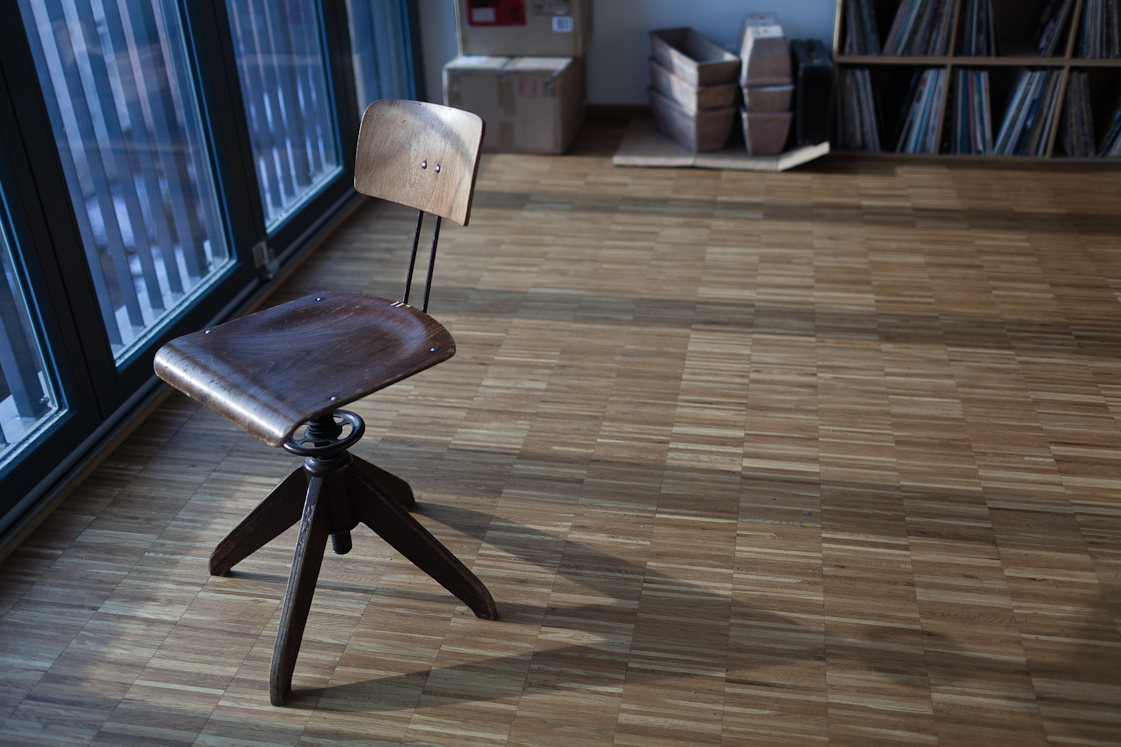
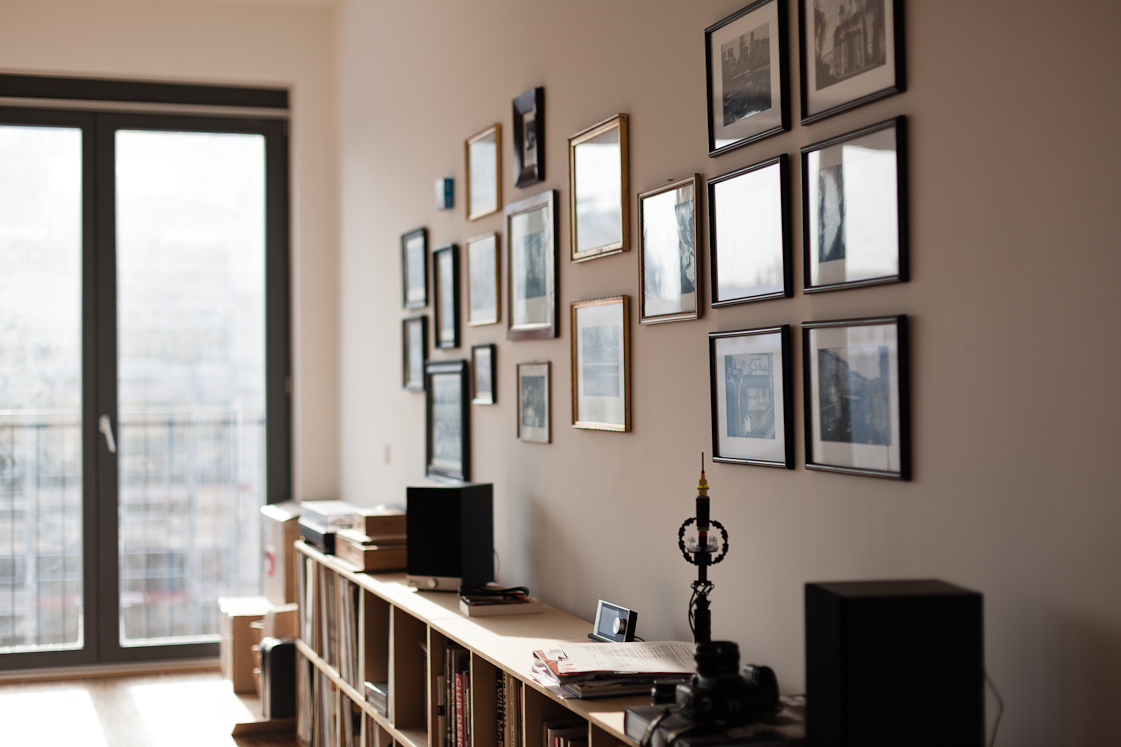
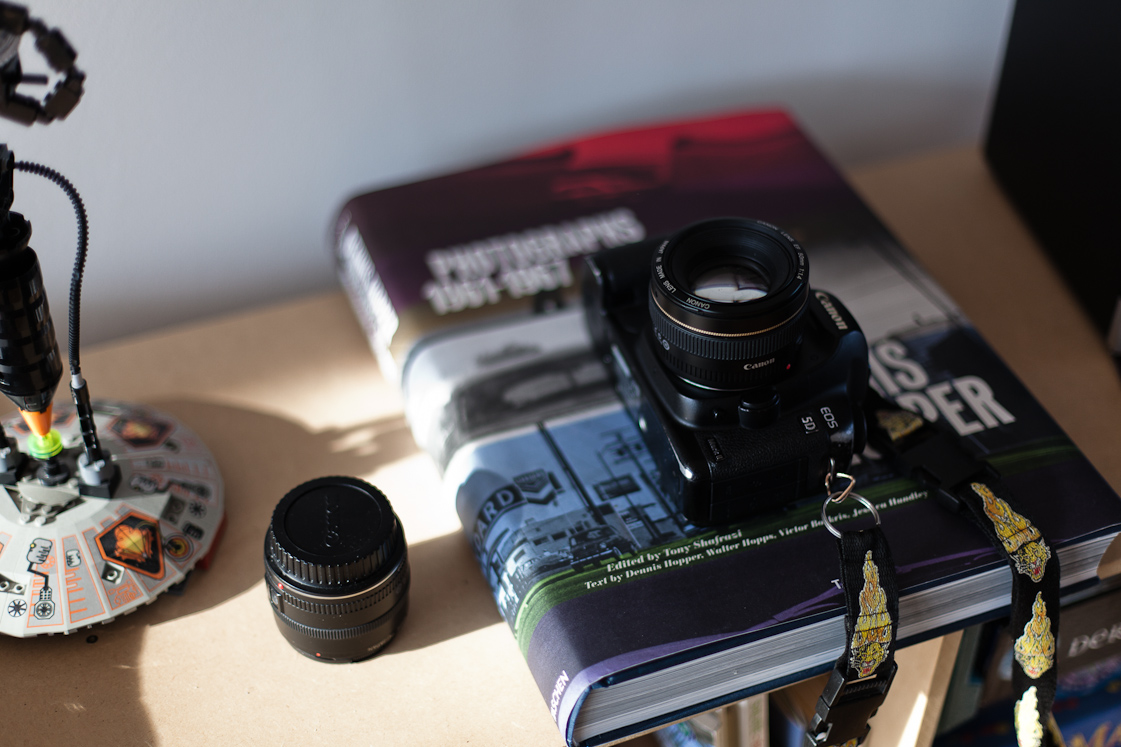
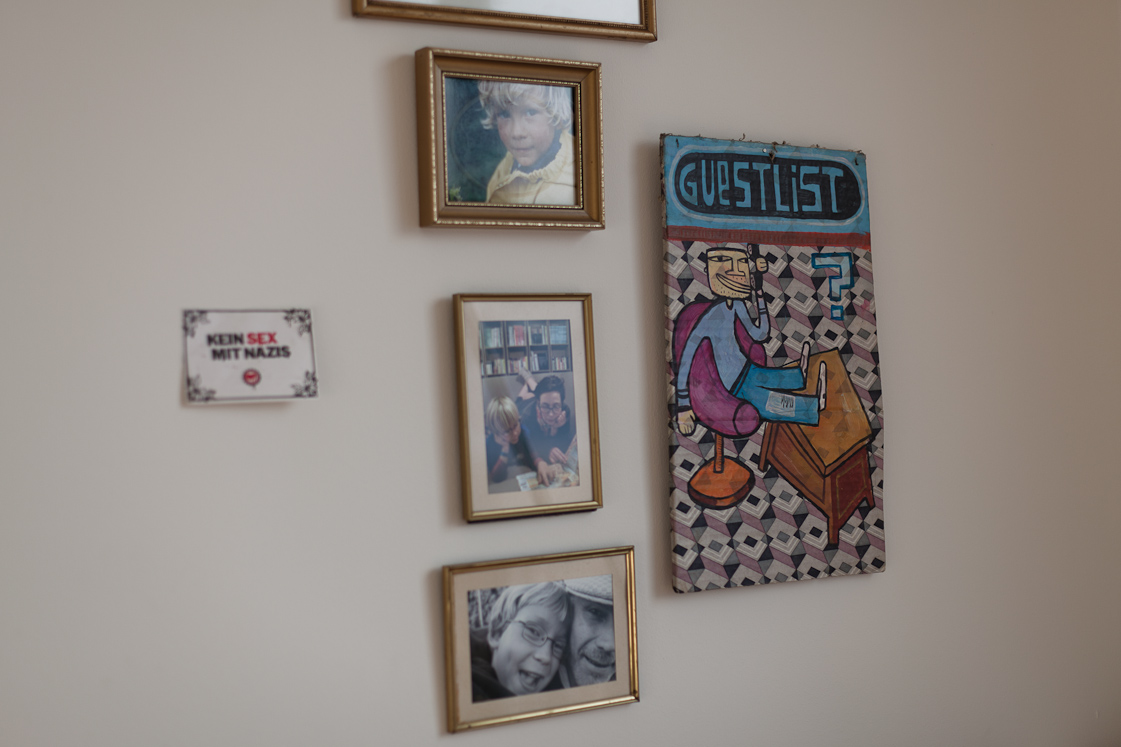
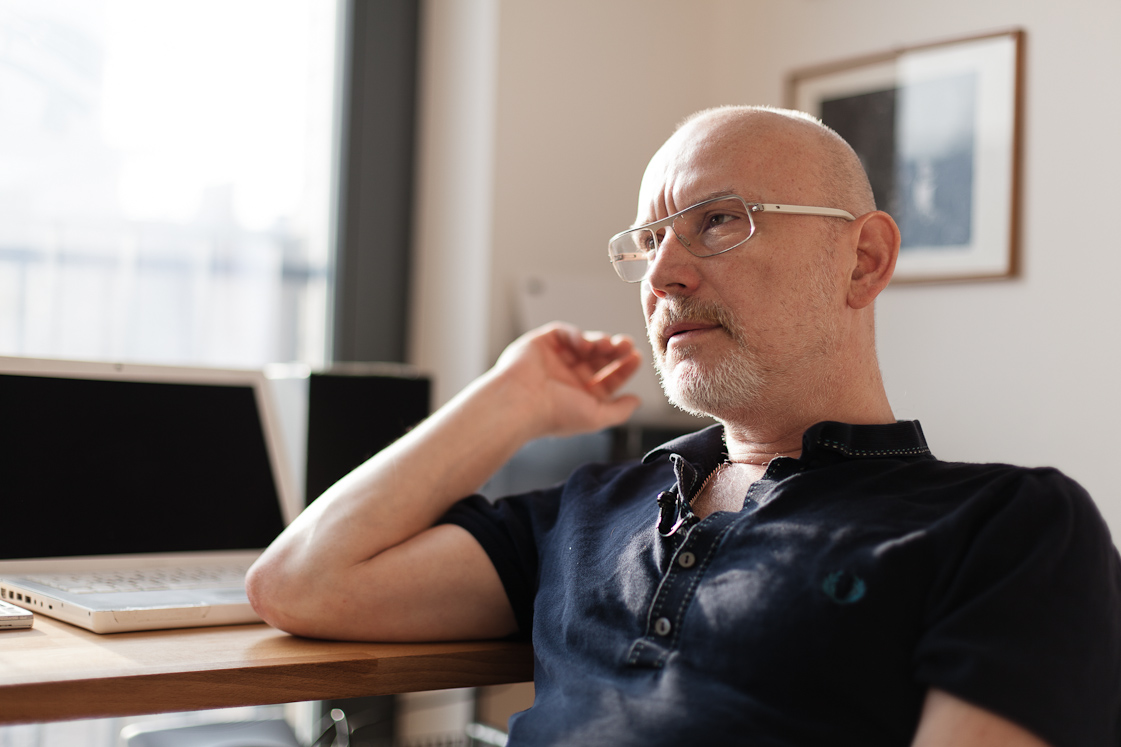
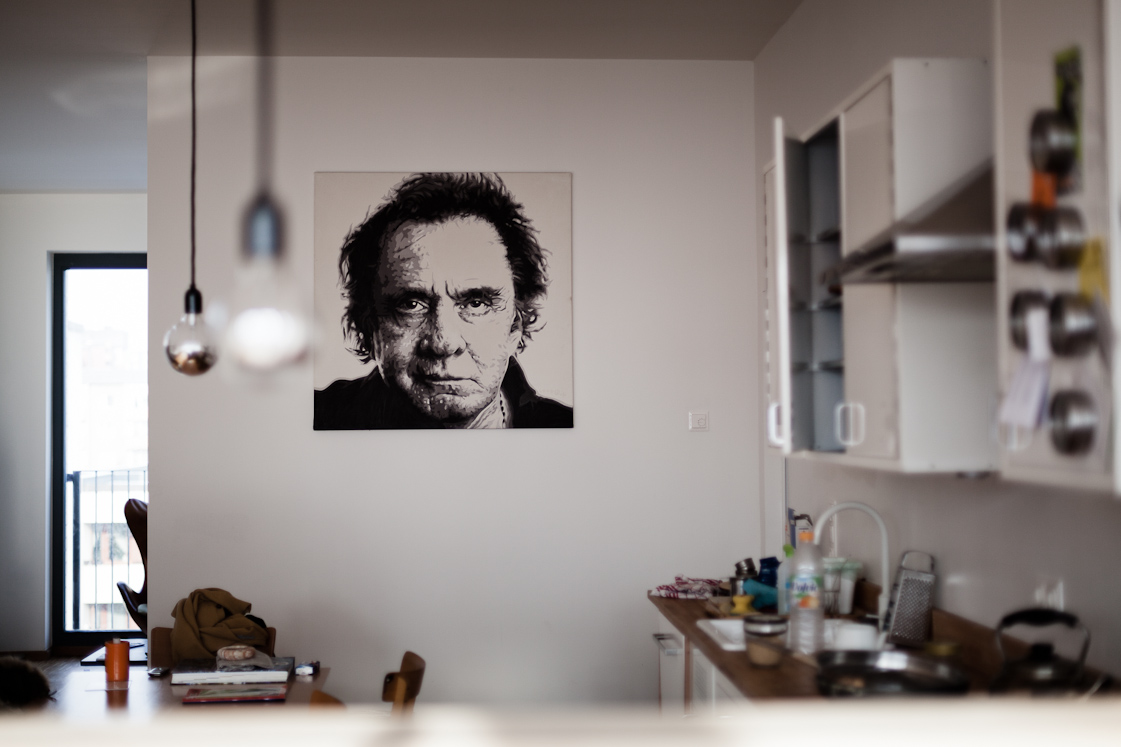
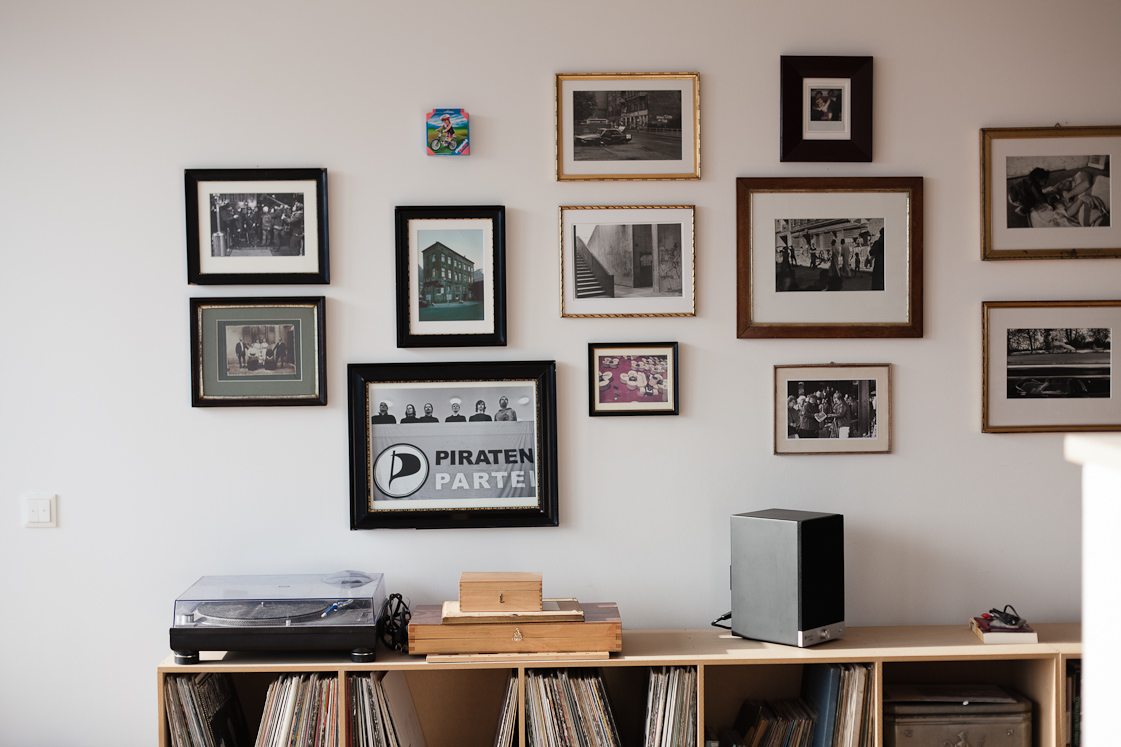
For how long have you been living in Berlin and what drew you to the city originally?
I’ve permanently lived here since 1990, but before I had traveled here to take pictures for a theater company and their new productions since ’87. After the Wall came down and the trains started running again, it was pretty clear: life in Berlin is cheaper and more free, which made my old, pre-war apartment in Hamburg pretty obsolete.
How did you start taking photos?
I was an apprentice at a photo lab in Darmstadt. I graduated with pretty average grades because I ran my own projects on the side and used up too much material (laughs). Anyway, I had a girlfriend who really wanted to become a photographer and she knew every agency in Hamburg. She liked Rudi Meisel the most and told me to apply. I showed him my portfolio and got the job.
Did you take pictures when you were a kid?
No. I started around ‘84/’85. That was around the time my brother died and I inherited the camera he’d gotten from our father.
Are you primarily a photographer or is there no real distinction between your different activities?
It depends on the time. Until ’95, I was a photographer, although I was also managing the Ständige Vertretung at Tacheles at the time. Between ’95 and ’97 I took less photos, as I didn’t have my lab in the squat at Kleine Hamburger Strasse anymore. My girlfriend at the time said, “Doesn’t matter, use a color film and just take snapshots with whatever camera you have.” And that’s what I did. I dropped the negatives at Hansa Saturn until, one day, someone came knocking on my door–they were stolen.
But there must have been many opportunities to take pictures during your time working at clubs.
I didn’t take that many photos between 1990 and ’97. Sure, once in a while at Eimer when I was involved there, or at Berlin Tokyo, but only sporadically. I never took any pictures at E-Werk or Tresor, for example.
It wasn’t until MARIA that I actually started planning to take pictures. That was from 2007 on. At that point, I’d gotten to know all the artists and, no matter where they played, my camera and I got in.
So you take your camera wherever you go?
No. But when I feel like it and the weather’s nice, yes. I looked at Rolf Zöllner’s latest photographs. He took pictures at similar times and places as I did, but the weather was bad in his photos. I never got out of bed when the weather was shitty (laughs).
Many of your “Berlin Photos” are a pretty impressive documentation of how the cityscape, especially around Mitte, has changed over the last 20 years. Were you here the whole time?
Yes. Once, when I was in a bad mood, I moved to Turin for three months, and another time, for the same reason, to Friedrichshain for a year. Other than that, I have been living in Mitte the whole time. In the beginning, everything changed pretty rapidly. You could see it change right in front of you, which had a lot to do with the fact that many Easterners immediately spent all the money they’d received – there was a real run around 1990/91. Then it calmed down because it took a while to transfer ownerships and the property situation was totally up in the air. Companies closed down and vacancies increased. It wasn’t until ’95 that the first buildings were renovated. For the .hbc exhibit, I selected a lot of photos that show the actual cityscape. My point of view is obviously heavily influenced by the scene I was in at the time.
During that time I took a lot of city photographs because that’s where I was spending my time. In the East, preferably. Actually, I only went to the West to steal stuff or drink an espresso. You couldn’t get a high quality espresso in the East. But other than that, there was no reason to go over there.
Was the city something like a muse to you?
As my parents are both architects, I’ve always been interested in things like that. One time in Hamburg, I waited three months for someone to open a gate so I could see what was behind the front building. There were no locked gates in East Berlin. You could enter any back building, walk onto any lot and see what it lookes like. That was new to me. And I immediately knew that it was an once in a lifetime opportunity and that it wouldn’t be like that forever. Everything will be locked up, just like in Hamburg. So quick, look around! I walked around all over the place back then. Of course, we also looted all the time when some factory closed up. Most of the time they just left everything.
Do you still own things from that time?
Yes, one. The picture “Bierziehen” from one of the last breweries that closed on Richard-Sorge-Strasse after the Wall came down.
How would you describe your development as a photographer? Are you interested in different themes than you were before?
No, not really. Actually, my photos are always rough, quick and street. Nothing’s changed in that sense. I’m not a technology freak.
If you were completely free and had the time, where would you go to take pictures?
…and the money for a bunch of plane tickets? I’d go to Istanbul, Sao Paolo or Beijing. Although, the weather’s too bad there. A little bit of light can’t hurt. I think New York would be in order. And I definitely need to do London. Actually, only metropolises with more than nine million inhabitants!
Are there any photographers or artists who’ve inspired you or who still inspire you?
Lee Friedlander is my favorite photographer. He took a lot of pictures out of moving cars. He likes it when you see, “I’m on travel.” He’s also done a lot of self-portraits, which is unusual for people like that. An amazing guy.
You managed a club for a long time; worked as a photographer, and by now you’re also a spokesperson and have a kid. Is there such a thing as a normal workday routine for you?
No. My days are unpredictable. When I go outside on a Saturday afternoon, the weather is nice and I have no other commitments, I can take pictures for three hours, straight. But most of the time I just take pictures in between. When I’m at .hbc, for example: Thomas Fehlmann is deejaying, T.Raumschmiere is playing, I know everyone there, and it’s almost impossible to have a conversation. Because I’m doing both – talking and taking pictures.
I’ve always been doing all sorts of things, which was just a matter of the circumstances at the time. One time, I built light objects out of a bunch of neon tubes I had in my basement, just because they were there. To make it worthwhile, I rented a room in Kemal’s metal workshop in Tacheles. He was thinking, “Awesome, finally Ben’s scrubbing down my metal for five bucks an hour” which I did for a while. In the meantime, I built two objects, which he sold immediately. That’s the way it worked a lot of the time: I think of something and somehow it works out.
How’s Berlin’s nightlife doing? Do you still like to go out?
Sure. I know everyone and can go wherever I want (laughs.) By the time MARIA turned into ADS, I stopped going out so much. I went somewhere else instead. But honestly, it makes no sense to exchange your own club nights for taking pictures at other club nights. I’ll go when I’m invited, but I don’t seek it out. Unless you have visitors from Münster and they desperately want to go out…
And where do you take them?
I like Ritter Butzke, Golden Gate, .hbc, Tresor, Ex‘n‘Pop and Hecht at Stutti (Note: Stuttgarter Platz, Charlottenburg).
What’s ahead for you in 2012?
Taking more pictures, of course!
Photos and Video: Shai Levy
Interview and Text: Katharina Böhm
Übersetzung: Jennifer-Naomi Hofmann
